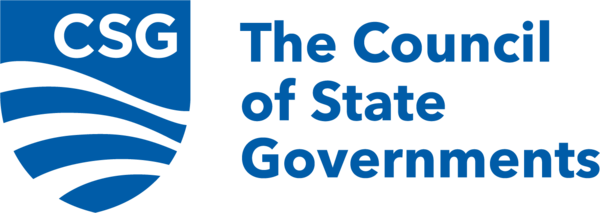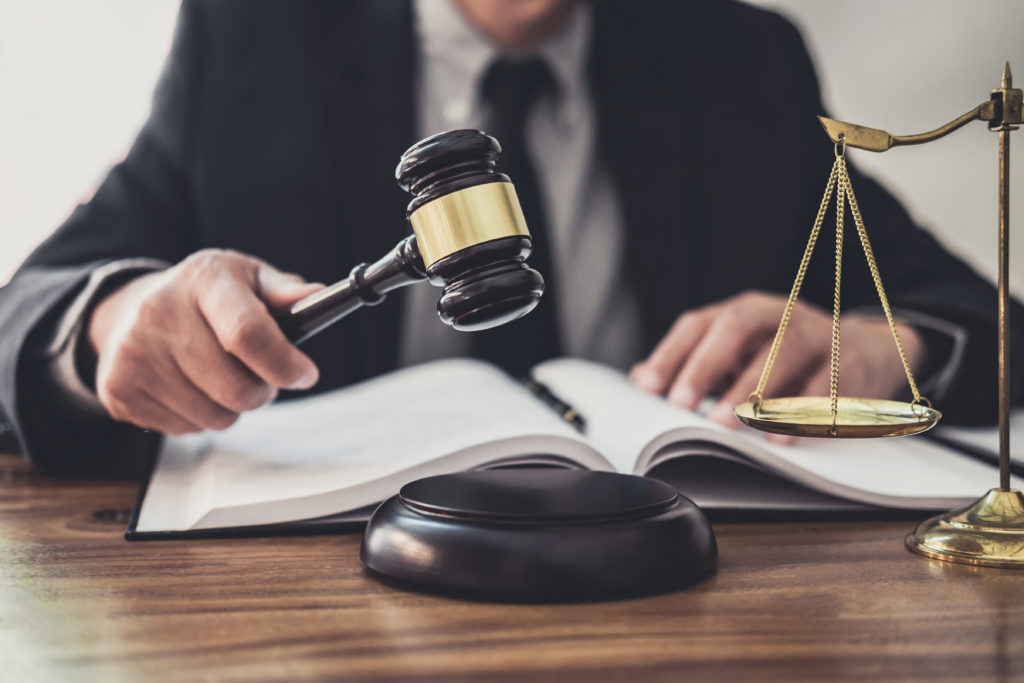By Kathryn Price

CSG, in partnership with the National Conference of State Legislatures and the National Governor’s Association, released the National Occupational Licensing Database to help state leaders better understand the national licensing landscape. This database contains information on the criteria required to attain a license in 34 occupations with 18 requirements being assessed. Some of the data points include initial and continuing education requirements, training, experience, exams and fees. Additionally, if a certain occupation is selected, a map of the states that require licensure will be produced (See top image below for map produced when searching the database for information on electricians). The database also allows for the user to make comparisons between states and occupations (See bottom image below for an excerpt of search results from the database when selecting to show information on cosmetologists).
Continue reading “CSG Launches National Occupational Licensing Database”


